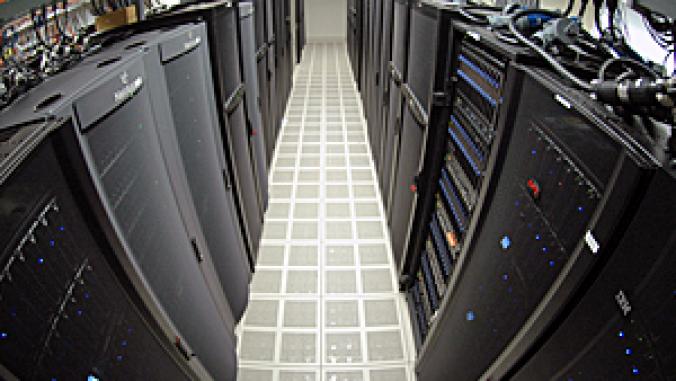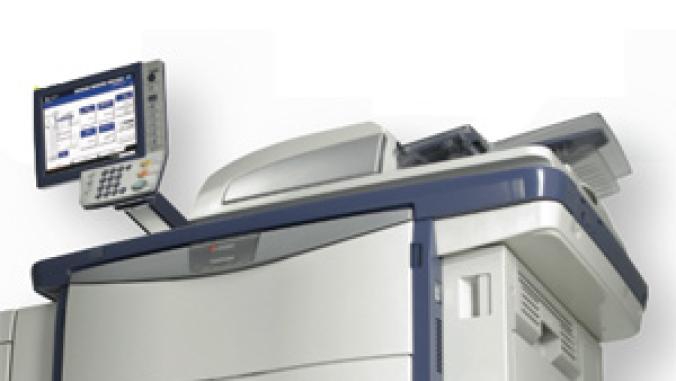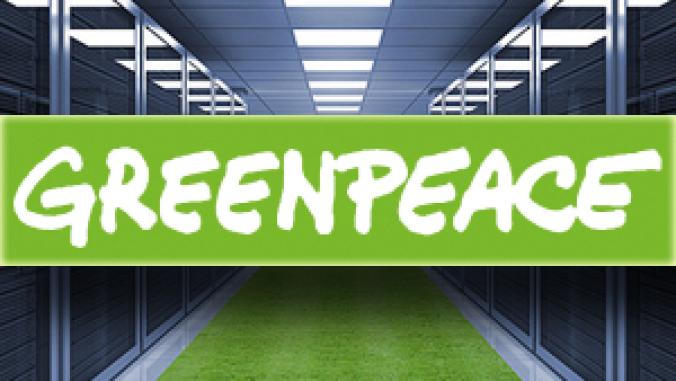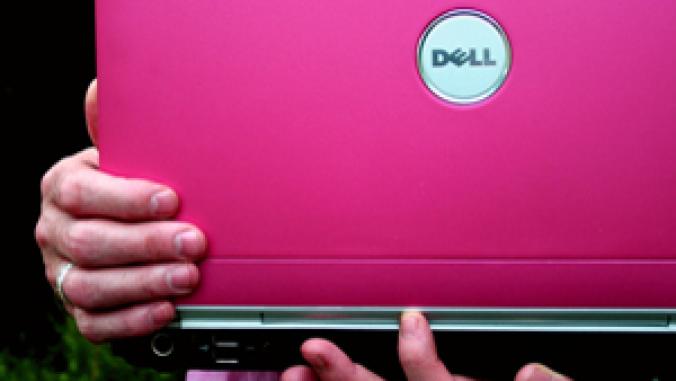Implementing Existing Green IT Solutions Can Cut IT Costs by 17 Percent
<p>A new study by CDW finds that companies could save millions every year by implementing energy efficient procurement policies, power management solutions and virtualization technologies.</p>

A new study by CDW finds that companies could save millions every year by implementing energy efficient procurement policies, power management solutions and virtualization technologies.
CDW's 2009 Energy Efficient IT Report, based on a survey of 752 IT professionals, found that the sluggish economy is acting as both a driver of and an obstacle to wider adoption of green IT practices.
Companies are increasingly aware of the cost-saving benefits of simple projects in computer fleets and data centers alike: 40 percent of respondents said power management programs had been put to use at their companies, up from 30 percent last year; 57 percent said their firms purchase Energy Star certified products, up from 31 percent in 2008; and virtualization of servers and storage is on the rise, with 46 percent saying servers are being virtualized, and 35 implementing storage virtualization.
But even though the long-term benefits of energy efficiency in the IT department are increasingly obvious to companies, the short-term costs of putting those practices to work continue to stunt the adoption of green IT.
"Under extreme budget pressure in a recessionary economy, their No. 1 IT purchasing concern is the current cost of equipment and services, which can put a damper on efforts toward lowering total cost of operations," CDW Vice President Mark Gambill said in a statement. "While IT executives are trying to do the right thing ... some may sacrifice greater long-term savings from reduced energy use by downgrading the importance of energy efficiency in the purchase equation."
But two practices help increase the adoption of energy efficent computing: putting IT executives in charge of their energy usage are twice as likely to buy more energy efficient hardware as those who don't see the electric bill, and companies that both explicitly ask and provide incentives for energy-use reductions see more improvements in IT energy use than firms that provide no incentives.
Among the most common green IT practices, according to survey respondents:
• Buying equipment with low-power/low-wattage processors;
• Using network-based power management tools;
• Using software tools within uninterruptible power supplies (UPS) to monitor power demand and energy use;
• Monitoring data centers remotely to keep lights off when employees are not on site;
• Managing cable placement to reduce demand on cooling systems;
• Implementing server and storage virtualization to reduce the number of servers and storage devices drawing power
Companies that put all three of the most common solutions to work in their IT deparments -- energy efficient procurement, PC power management and virtualization -- can see savings of 17 percent, the survey found. Based on survey responses, a company with an IT budget of about $75 million per year and a $9 million electric bill can save $1.5 million a year in energy costs.
The report offers as an example of green IT success the Brookings Institution, which last year overhauled its mainframe computer room, turning it into a modern data center.
By using blade servers, revamping the facility's cooling system, getting an energy audit from its electric utility, and installing the U.S. EPA's EZ GPO free PC power management tool, Brookings was able to save an estimated $58,000 per year in energy costs, and cut its carbon dioxide emissions by 447 tons per year.
"The measures we've taken with the data center have all been affordable up front and are more than justified by the positive environmental impacts," Jake Marshak, director of service management and infrastructure at the Brookings institution, says in the report.
More information and a link to download CDW's 2009 Energy Efficient IT Report is available from GreenerComputing.com.




